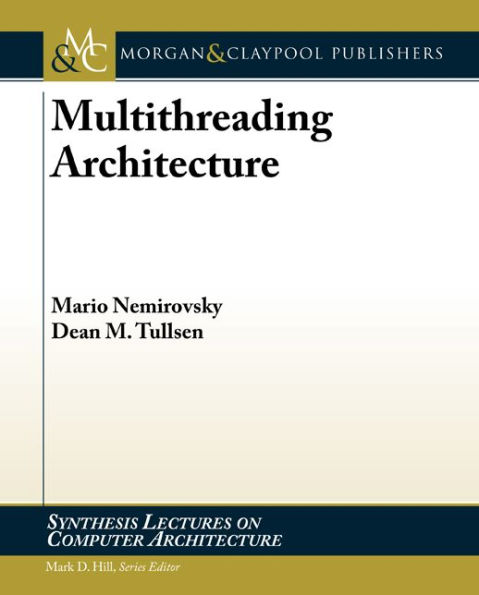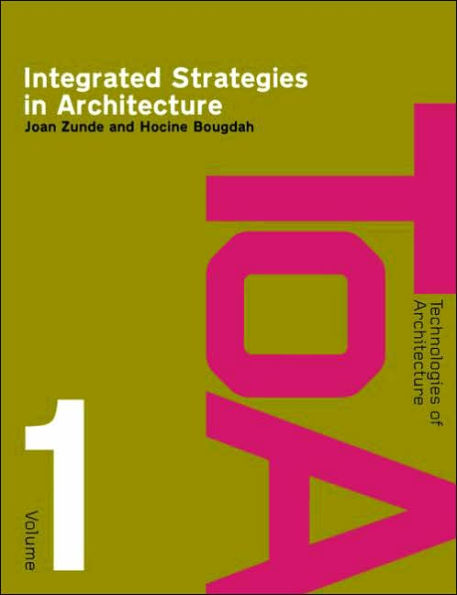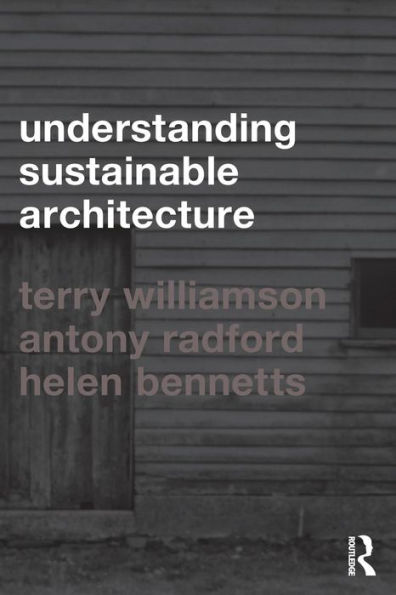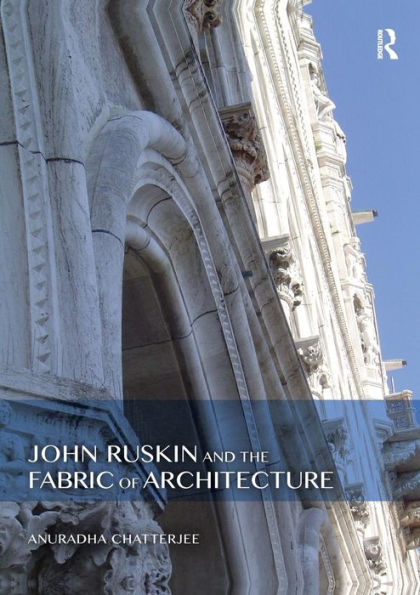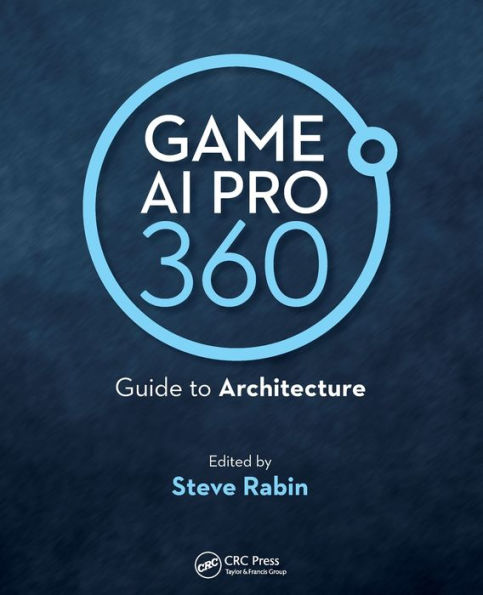Home
Utopias and Architecture / Edition 1
Loading Inventory...
Barnes and Noble
Utopias and Architecture / Edition 1
Current price: $96.99


Barnes and Noble
Utopias and Architecture / Edition 1
Current price: $96.99
Loading Inventory...
Size: OS
*Product Information may vary - to confirm product availability, pricing, and additional information please contact Barnes and Noble
Utopian thought, though commonly characterized as projecting a future without a past, depends on golden models for re-invention of what
is
. Through a detailed and innovative re-assessment of the work of three architects who sought to represent a utopian content in their work, and a consideration of the thoughts of a range of leading writers, Coleman offers the reader a unique perspective of idealism in architectural design.
With unparalleled depth and focus of vision on the work of Le Corbusier, Louis I Kahn and Aldo van Eyck, this book persuasively challenges predominant assumptions in current architectural discourse, forging a new approach to the invention of welcoming built environments and transcending the limitations of both the postmodern and hyper-modern stance and orthodox modernist architecture.
is
. Through a detailed and innovative re-assessment of the work of three architects who sought to represent a utopian content in their work, and a consideration of the thoughts of a range of leading writers, Coleman offers the reader a unique perspective of idealism in architectural design.
With unparalleled depth and focus of vision on the work of Le Corbusier, Louis I Kahn and Aldo van Eyck, this book persuasively challenges predominant assumptions in current architectural discourse, forging a new approach to the invention of welcoming built environments and transcending the limitations of both the postmodern and hyper-modern stance and orthodox modernist architecture.
